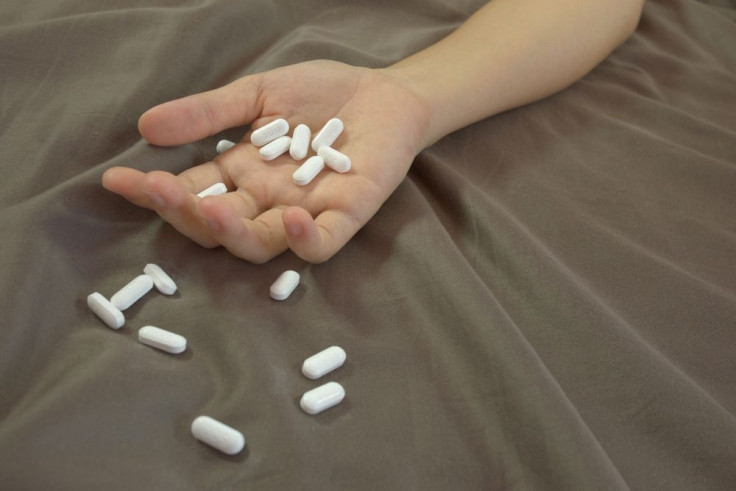Painkiller Deaths From Prescription Opioids Increased 4-Fold In The Past 10 Years

Poisoning is considered the leading cause of injury death in the United States; both illicit and pharmaceutical drugs account for 90 percent of poisoning deaths. A National Center for Health Statistics (NCHS) Data Brief released by the Centers for Disease Control and Prevention has revealed that poisoning deaths attributed to prescription opioid painkillers, including hydrocodone, morphine, and oxycodone, have increased from 2,749 deaths in 1999 to 11,693 deaths in 2011.
"Although the rate is still increasing, it is not increasing quite as fast as it did between 2000 and 2006," Dr. Holly Hedegaard, an epidemiologist at the CDC’s NCHS, told HealthDay. "From 1999 to 2006, the rate of deaths increased about 18 percent per year, but since 2006 it's only increasing about 3 percent per year."
Researchers from the CDC defined drug-poisoning deaths as loss of life caused by unintentional or intentional overdose of a drug, being given the wrong drug, taking a drug in error, or taking a drug inadvertently. Data was obtained using multiple cause of death morality files from the National Vital Statistics System. Among all drug-poisoning deaths in 2011, 80 percent were unintentional, 13 percent were intentional, seven percent were undetermined, and less than one percent were homicides.
While natural and semisynthetic opioid painkillers, such as hydrocodone, morphine, and oxycodone, were involved in 70 percent of drug-poisoning deaths, deaths caused by synthetic opioid analgesics, like fentanyl, meperidine, and propoxyphene, also saw a sharp increase from 730 deaths in 1999 to 2,666 deaths in 2011. The percentage of deaths attributed to benzodiazepines (drugs prescribed for anti-anxiety and muscle relaxant) also increased from 13 percent of opioid-analgesic poisoning deaths to 31 percent in 2011.
In the past 10 years, adults between the ages of 55 and 64 experienced the most significant increase in drug-poisoning deaths. The number of deaths attributed to opioid-analgesic drugs in this age group jumped from one out of every 100,000 people in 1999 to 6.3 out of every 100,000 people in 2011. However, people 25-34, 35-44, and 45-54 still account for the highest rates of opioid-analgesic poisoning deaths. In terms of racial and ethnic backgrounds, drug poisoning death rates more than quadrupled among non-Hispanic white people and doubled among non-Hispanic black people in the last decade.
Source: Chen L, Warner M, Hedegaard H. Drug-poisoning Deaths Involving Opioid Analgesics: United States, 1999–2011. NCHS Data Brief. 2014.



























